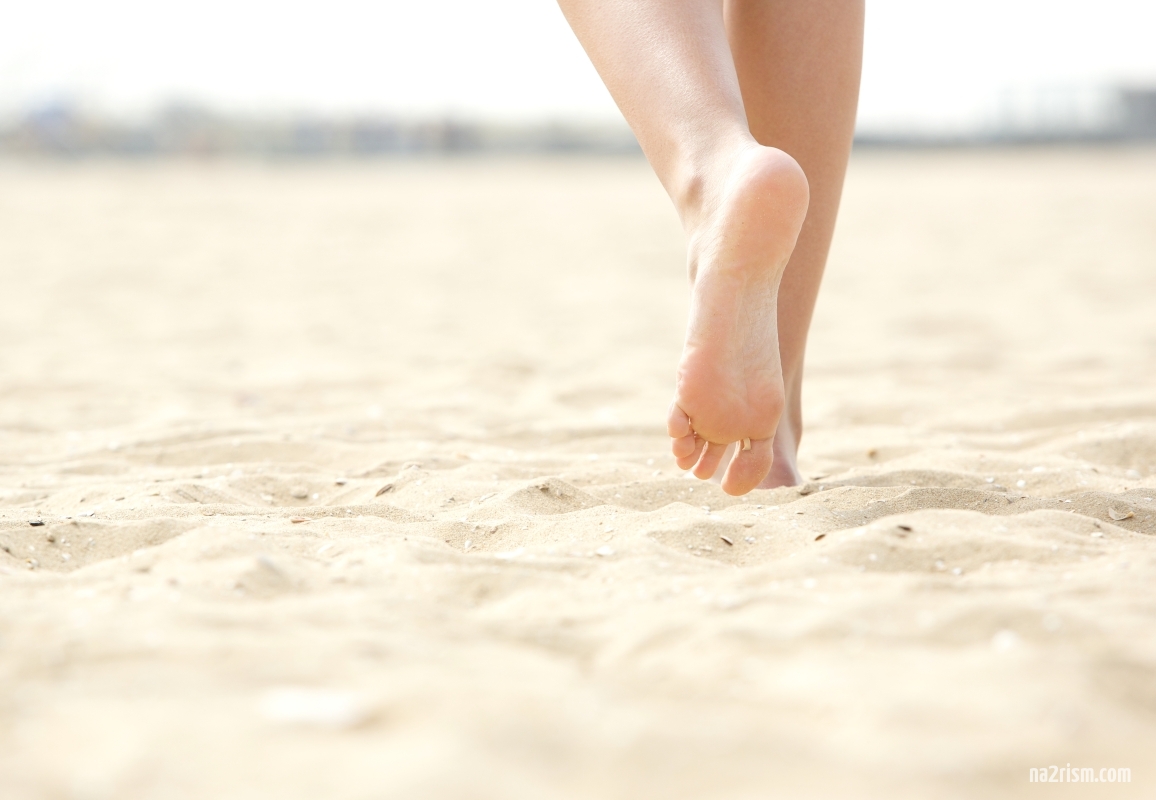Walking barefoot can provide a variety of benefits, such as improving balance, increasing foot strength, and reducing stress. However, it’s important to choose the right type of ground to walk on in order to minimize the risk of injury and maximize the benefits of walking barefoot. In this article, we will discuss the type of ground that is most useful for walking barefoot, as well as some tips for walking barefoot safely.
The first factor to consider when choosing a surface for walking barefoot is the texture of the ground. Ideally, the ground should be relatively smooth and free of any sharp or jagged edges that could cause injury. Sand is an excellent surface for walking barefoot, as it is soft and malleable, conforming to the shape of your foot as you walk. A sandy beach or sand dunes can be a great place to walk barefoot, providing a gentle workout for the muscles in your feet and lower legs.
Grass is another excellent surface for walking barefoot. It is soft and springy, providing a cushioned surface that can help reduce the impact of each step. Walking on grass can also help to strengthen the muscles in your feet and legs, as your muscles have to work harder to maintain balance on the uneven surface. However, it’s important to be aware of any hidden hazards in the grass, such as sharp objects or small holes that could cause injury.
Dirt or soil can also be a good surface for walking barefoot, especially if the ground is relatively smooth and free of rocks or other sharp objects. Walking on dirt can be a grounding experience, connecting you to the earth and helping to reduce stress and anxiety. However, it’s important to be aware of the moisture content of the soil, as wet or muddy ground can be slippery and increase the risk of injury.
On the other hand, some surfaces are not ideal for walking barefoot. Concrete or pavement, for example, can be harsh and unforgiving, putting unnecessary strain on your joints and muscles. Additionally, these surfaces can become very hot in direct sunlight, which can be uncomfortable or even dangerous. If you must walk on concrete or pavement, consider wearing shoes with a minimal or flexible sole that allows you to maintain some connection with the ground.
Rocks, gravel, and other rough surfaces should also be avoided when walking barefoot, as they can cause cuts, scrapes, or bruises. If you are walking on a rocky or uneven surface, consider wearing protective footwear or socks to minimize the risk of injury.
When walking barefoot, it’s important to be aware of your surroundings and to take precautions to avoid injury. Check the temperature of the ground with your hand before walking on it, especially if you are walking on concrete or pavement. Be aware of any hazards, such as broken glass or sharp objects, and avoid walking on these surfaces if possible.
In summary, the type of ground that is most useful for walking barefoot depends on personal preference, but generally, a flat, soft, and non-abrasive surface is recommended. Sand, grass, and dirt are all good options, while concrete, rocks, and gravel should be avoided if possible. By choosing the right surface for walking barefoot and taking precautions to avoid injury, you can enjoy the many benefits of this simple and grounding activity.

